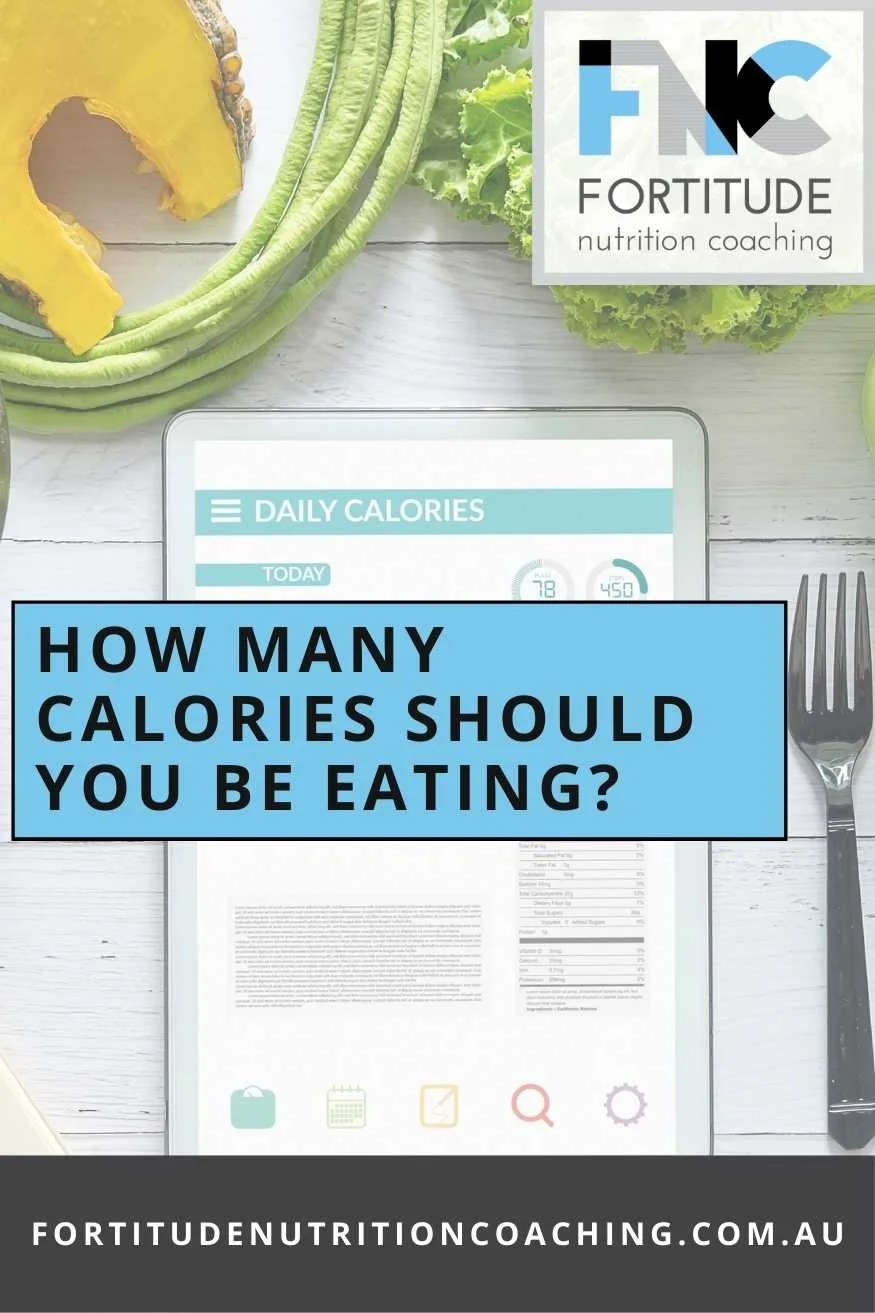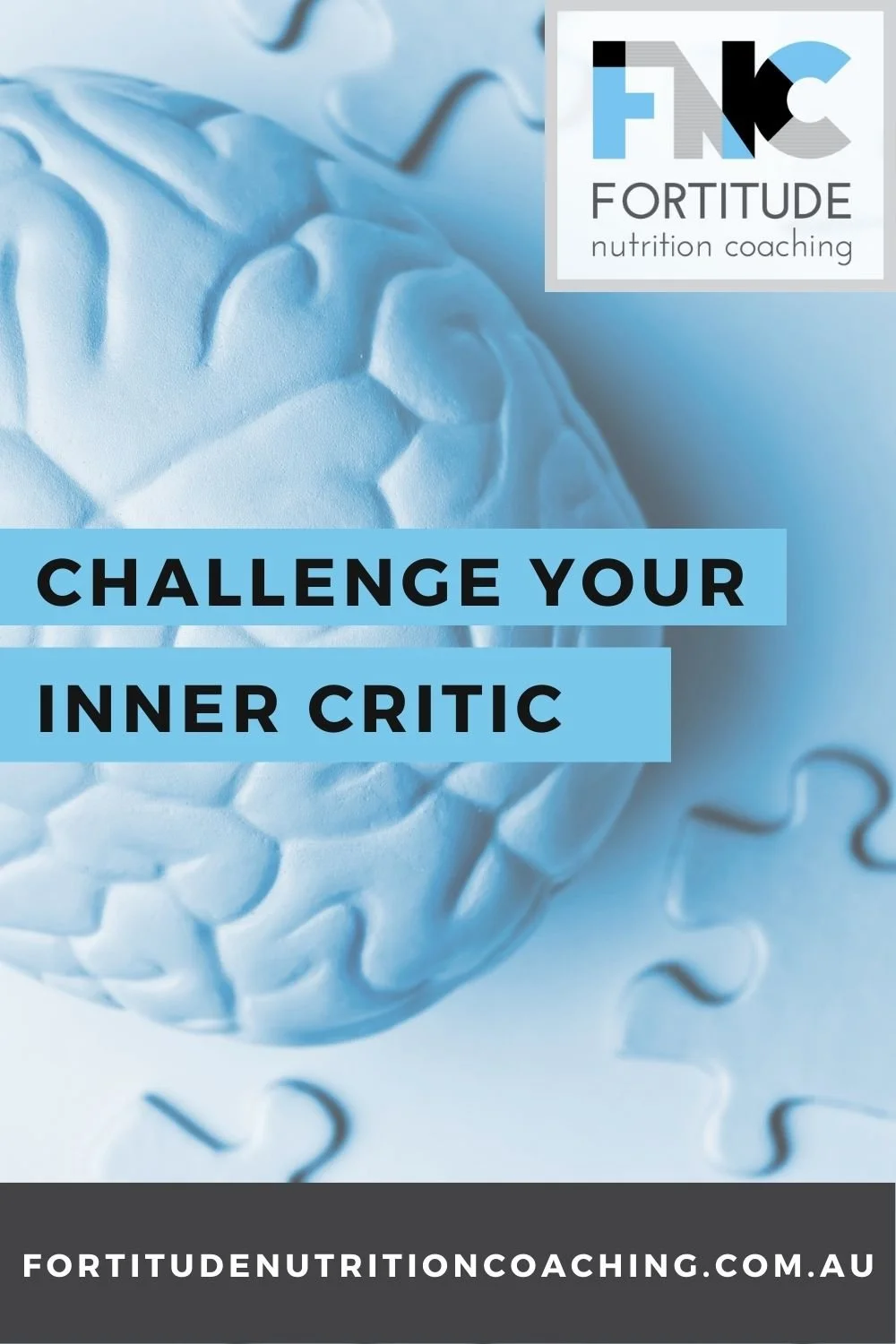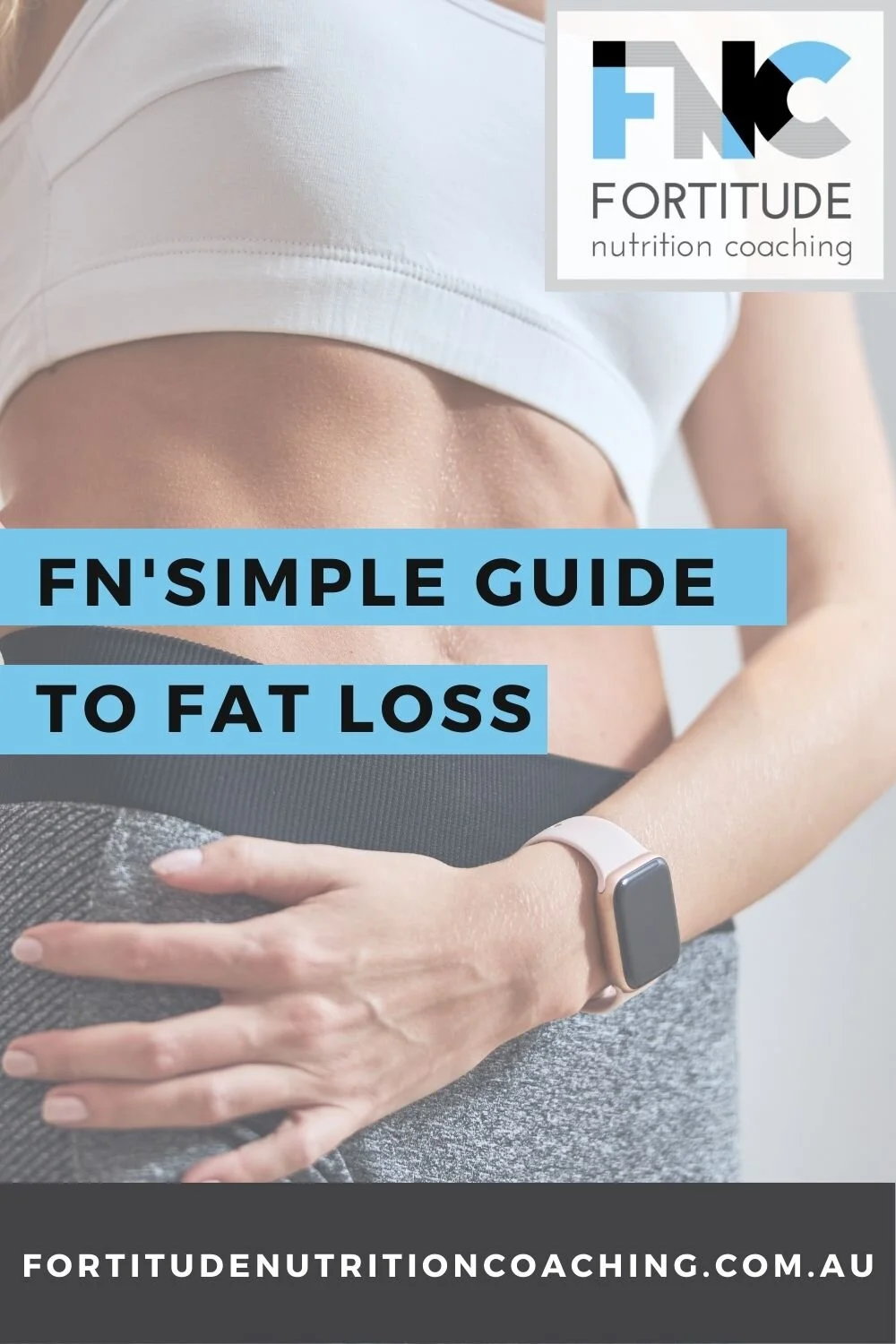The purpose of this blog is to help you understand how body fat scans work, if they are accurate, and possible alternatives for you to consider when measuring your progress.
But before we get into what the research says about body fat measurements, let’s start by imagining you are in one of the following scenarios.
Scenario A:
You wake up one morning and you feel really proud of your recent efforts with your nutrition and training. You feel like you’ve been consistent, you’re enjoying your diet, and when you look in the mirror you are proud of what you see. You feel like you’ve made real progress.
Scenario B:
You roll out of bed one day and look in the mirror. You think about your nutrition and training habits and know that you haven’t put in as much effort as you could’ve. You haven’t been very consistent at all with your behaviours that would’ve helped you get the results you wanted. Overall, you aren’t very happy with yourself or your efforts.
Keep those scenarios in mind and we will return to them later.
No what does the research say about Body Fat Measurements such as In Body Scans or DEXA scans.
Let’s start with a cold hard statement.
The only way to measure your body fat is….
If you’re dead. That way they can strip off all your body fat and weigh it.
Body scans don’t actually measure your body fat.
Instead, they predict how much body fat you have.
The machines use formulas and equations to predict how your body is composed of fat, muscle, water, etc.
We can therefore establish early on that there will be error rates and the predictions are probably not going to be 100% accurate. Please do not take the number on your scan as gospel.
There are a number of methods and machines used to predict your body composition and in this blog we are going to discuss two; the Bioelectrical Impedance Analysis and the DEXA scan.
How do In Body Scans (BIA) work?
BIA Scans are cheap, quick and growing more popular within gyms as part of a transformation challenge.
Bioelectrical Impedance Analysis (BIA) in Australia are commonly conducted through an In Body Scan. This BIA method is a two-compartment model which separates the body into two parts: fat and fat-free. Fat-free mass includes everything that is not fat which includes organs, muscle, body and water.
In Body Scans make a prediction or estimation of your body composition by running small electrical currents through the body and the electrical conductivity is different between different parts of the body such as muscle, bone, fat, organs, etc.
They also estimate your total body water and use this to calculate your fat-free mass.
Total body water (TBW) is estimated, and this estimation is used to calculate fat-free mass. This is done under the assumption that 73% of the body’s fat-free mass is water for everyone, which may not be accurate for everyone, as it has been shown to potentially by up to 77% [1]. Fat mass is then calculated as the difference between fat-free mass and body mass.
How accurate are In Body Scans (BIA)?
In Body Scans and other BIA methods may be suitable for estimating body fat percentages when subjects are within a “normal” body fat range.
However when it comes to other body types, a number of studies have shown that body scans can:
Overestimate body fat in lean subjects and underestimate body fat in obese individuals. [2]
Underestimate fat mass by 1.9kgs and overestimate fat-free mass by 1.8kg, in obese populations. [3]
Underestimate fat mass by 7.5kg in some subjects. [3]
Underestimate fat mass and overestimated fat free mass in body builders or lean subjects. [4]
A rather alarming error rate was in obese subjects where the BIA methods underestimated fat mass by 5kg or more in nearly one quarter of participants [3]. There was also an individual error rate of 8% when compared with a four-compartment model. [4]
What factors influence predictions given by the In Body Scans?
A few factors also influence the reliability of the measurements such as room temperature, hydration status, electrodes placement, the person using the machine, females hydration status during the menstrual cycle and glycogen levels. [5, 6]
Exercise and nutritional habits in the hours prior to measurements have also been shown to affect the accuracy of the measurements. [7]
It’s important to keep those things in mind to try to keep the results consistent, especially if you consider using this method to measure progress.
Important things to remember with In Body Scans
Fat-free mass and muscle mass are not the same things.
This can be hard to differentiate when the In Body Scan uses the equation of Total Body Mass - Fat Free Mass = Fat Mass.
If you’re measuring progress, just because your fat-free mass increases, doesn't necessarily mean that muscle mass has increased.
You don't need to have your body fat tested. A combination of bodyweight and circumference measurements (like waist circumference) will give you a very good gauge of whether you're losing body fat. If your circumference measurements are decreasing, you are likely losing fat.
With those stats, we can conclude that In Body Scans and other BIA models may not be an accurate way to determine your body composition nor your progress.
What about DEXA Scans?
How do DEXA Scans work?
Dual X-ray Absorptiometry (DEXA) scans pass low-radiation x-ray beams through the bodies tissues and the varying energy determines the tissue type and quantity.
They are a 3-compartmental model measuring:
Fat
Bone mineral
Other fat mass that isn’t bone
DEXA scans are often used to measure bone density and can help diagnose bone conditions such as osteoporosis and osteopenia. They are referred to as the gold standard for those conditions and can be useful for athletes who are at greater risk of low bone density. [8]
How accurately can DEXA Scans predict body fat?
Research has shown an overestimation of body fat by 3-4%, and an underestimation of fat-free mass by up to 3kg [9, 10].
Factors that can affect predictions can be athletic populations, food and fluid intake with food and fluid intake showing increases in lean body mass. [11, 12].
Creatine and glycogen (carbohydrate) loading have also been shown to increase lean mass by 1.3 and 2.1%, whilst differences in hydration status can affect predictions of body fat by 3%. [13]
Using the baseline of hydration being 73% is also an issue with the predictive equation as fat free mass can range between 72-74.5% [14, 15].
Measurements of fat and fat-free tissue are also made on the assumption that fat-free mass hydration is constant at 73% [14], however, the hydration of fat-free mass has been suggested to be 72-74.5% [15].
Errors in accuracy can be on average 5% with lean tissue and 5-10% for fat mass.
Comparing BIA and DEXA scans
A study compared the 2 methods and results suggested that BIA overestimated Fat Free Mass from 7.18 to 8.28 kg, and underestimated FM from 4.02 to 5.67 kg compared with DEXA method.
In overweight and obese men, BIA underestimated Fat Mass from 1.06 to 14.25 kg and overestimated FFM from 0.83 to 15.12 kg compared to DEXA. [16]
Those are astonishing differences.
What you do before the scans can also affect the predictions
James Kreiger supplies a cheat sheet on his review of body scans. A legit “cheat sheet” for getting good “scores” on a scan. Remember the “score” isn’t a true reflection on your actually body fat or lean body mass percentage.
Before the scan, follow a low carb diet and training at a high volume and high intensity to deplete your glycogen stores, keep sodium levels at their normal levels and take the test 1-2 hours after you wake up whilst you’re completely fasted (no food or drink).
For your “after” scan follow a high carb diet whilst consuming heaps of food, water and sodium on your testing day. Take the test in the evening, after a meal and after doing a bit of a bodybuilding style workout.
Since we don’t want to cheat the system because the scores don’t accurately reflect your body fat or lean muscle levels, you can follow these steps to keep them as accurate as possible.
Take the test in the morning, fasted, hydrated, with no exercise or changed to your diet beforehand.
Now that you’ve got a better understanding of how these tests work and how (in)accurate they are, let’s return to the previous scenarios.
Scenario A: You’re proud of your efforts, you’ve been consistent and you feel like you’ve made progress.
Scenario B: You haven’t put much effort in, haven’t been consistent and you don’t think you’ve made much progress.
It’s the day of your scan, 8-12 weeks after your previous scan.
Scenario A: You look at the scan results and the body fat measurement is higher than you thought and/or the lean muscle mass is lower than you thought. It says you lost 500g of muscle mass even though in 12 weeks you actually got stronger in the gym.
Before this scan, you were proud of your efforts and how you’ve progressed.
Does this computer-generated score change those feelings, does it change anything at all, especially now you’re loaded with information that they aren’t very accurate?
Scenario B: You look at the scan results and it says you’ve lost body fat and put on 1kg of muscle which surprises you before you haven’t been training consistently or focusing on your nutrition all they much either. Does this machine predicted score change how you feel about yourself, your body or your efforts?
The most important way for you to measure your progress should be how you feel in your own skin, not a prediction by a machine that we now know isn’t very accurate in the first place.
Other ways to measure progress can be progress photos, tape measurements and clothing.
You can also reflect on your performance, fitness, strength, energy, mood, sleep, health, and relationship with food.
If you do get a body scan, before you look at the results (estimations), ask yourself how you feel about yourself and your efforts.
That's the most important result.
1 on 1 Nutrition Coaching with Fortitude Nutrition Coaching
Are you looking for an understanding and supportive human to talk with, to help with advice and guidance? An objective set of eyes to see what you could improve to move towards your goal in the easiest possible way?
We work with real people and get real results. Sign up for 1 on 1 Nutrition Coaching today and get the support, guidance and accountability of a Fortitude Nutrition Coach.
References:
[1] https://www.sciencedirect.com/science/article/pii/002196818290056X
[2] https://www.ncbi.nlm.nih.gov/pubmed/15640463
[3] https://www.sciencedirect.com/science/article/pii/S0168822707000332
[4] https://www.ncbi.nlm.nih.gov/pubmed/15076792
[5] https://www.ncbi.nlm.nih.gov/pubmed/1578098
[6] https://www.ncbi.nlm.nih.gov/pubmed/2816797
[7] https://www.ncbi.nlm.nih.gov/pubmed/9624647
[8] https://www.ncbi.nlm.nih.gov/pubmed/23643968
[9] https://www.ncbi.nlm.nih.gov/pubmed/20307312
[10] https://www.ncbi.nlm.nih.gov/pubmed/18936958
[11] https://www.ncbi.nlm.nih.gov/pubmed/1422663
[12] https://www.ncbi.nlm.nih.gov/pubmed/9537721
[13] https://www.ncbi.nlm.nih.gov/pubmed/9262461
[14] https://www.ncbi.nlm.nih.gov/pubmed/10865709
[15] https://www.ncbi.nlm.nih.gov/pubmed/10865709
[16] https://pubmed.ncbi.nlm.nih.gov/16215137/











Tired of the "eating healthy" cycle that leads nowhere? Our blog unveils the blueprint for success. Say goodbye to vague intentions and hello to a clear Action Plan. Transform your eating habits with precision - from veggies to protein, breakfast to overcoming obstacles. Break free from the loop and embark on a fulfilling journey. Ready to achieve your goals with confidence? 🎯 Learn more: https://www.fortitudenutritioncoaching.com.au/blog/why-healthy-eating-doesnt-work